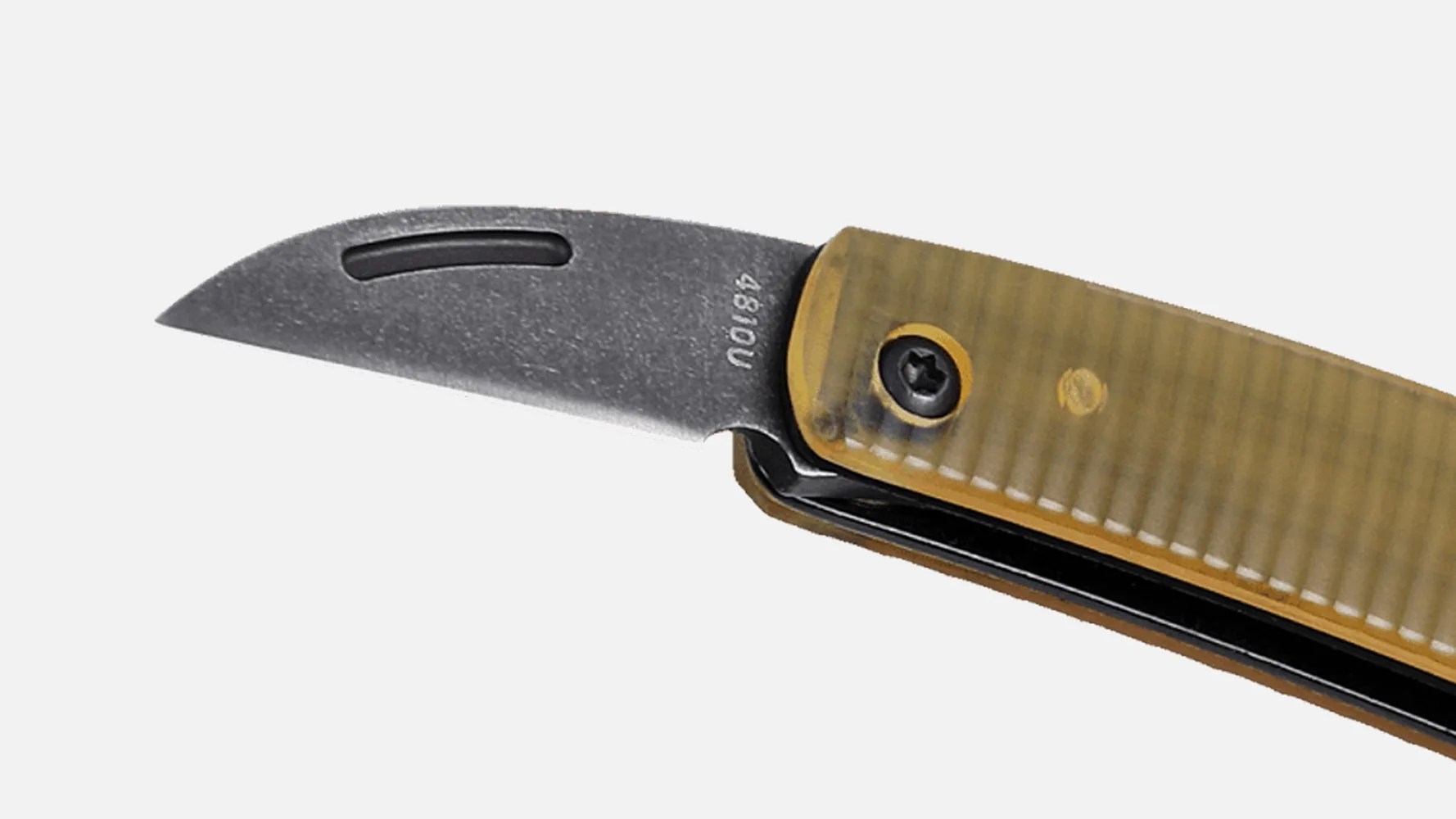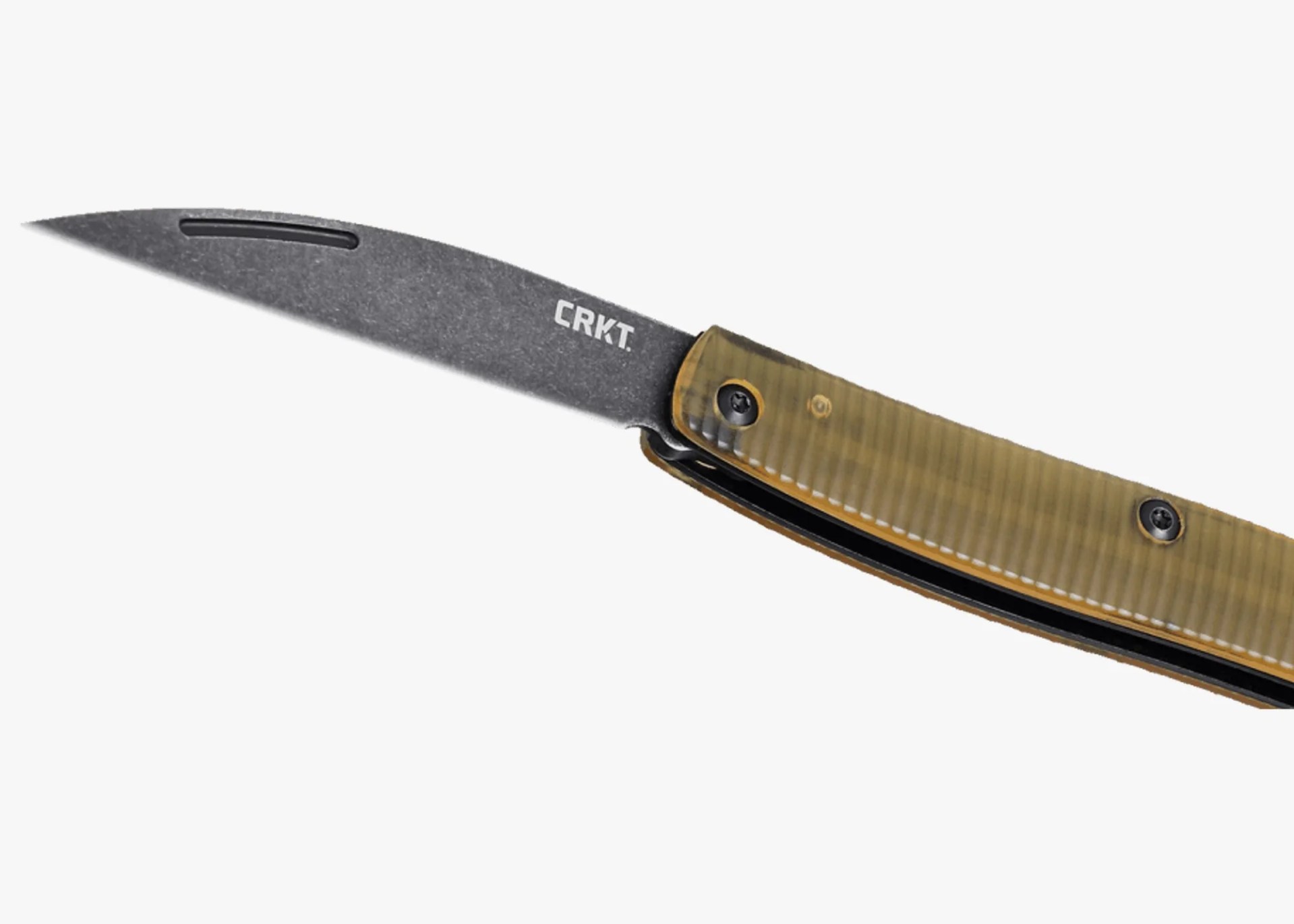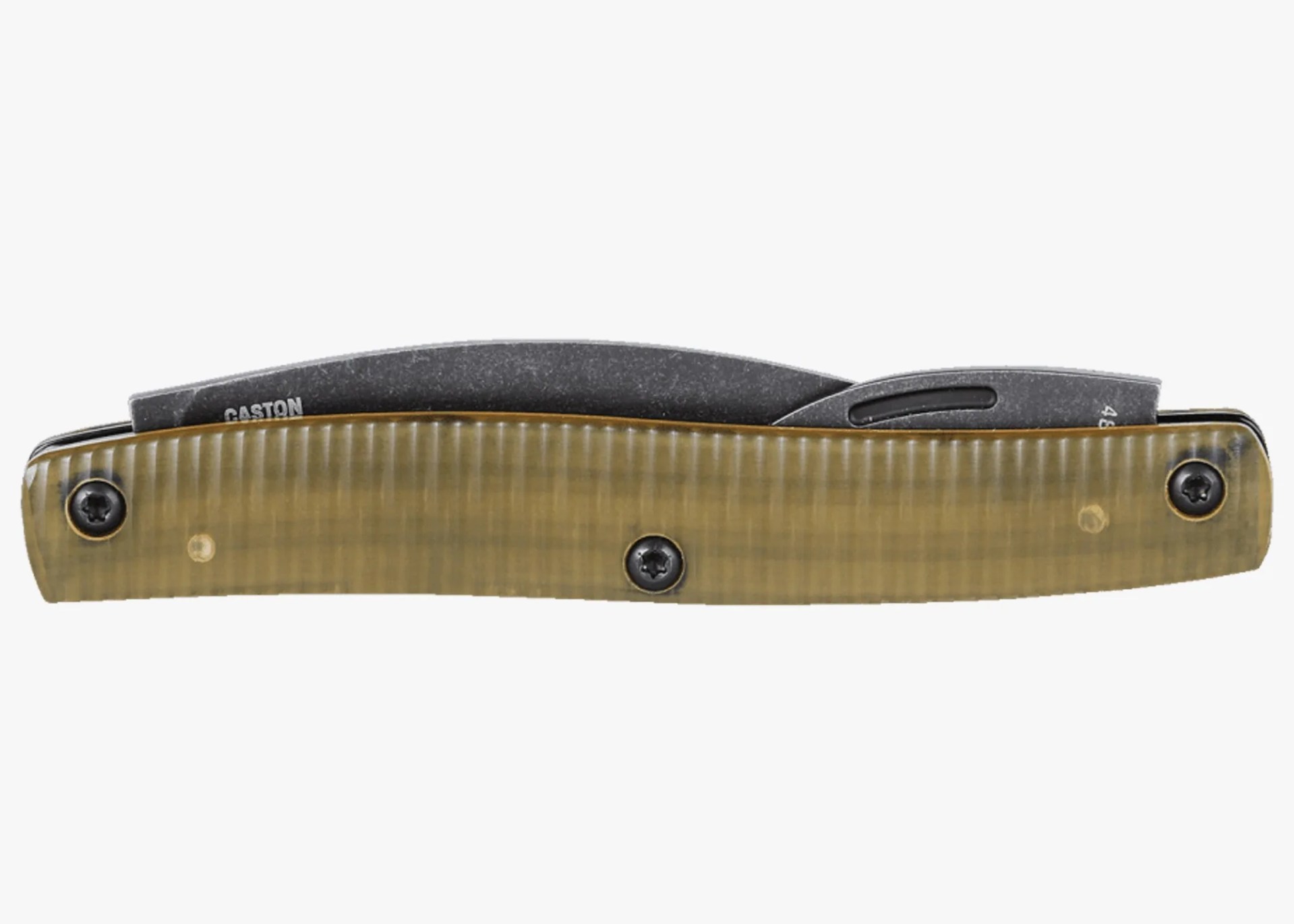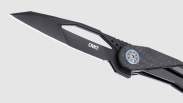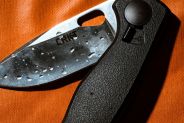At no time in history has technology accelerated as quickly as it does today. Even so, some innovations are so convenient and reliable, they can endure for literally hundreds of years.
Upon its introduction in the mid-1600s, the slip joint design gained popularity among scholars and merchants, who used the blades to sharpen writing utensils, hence the term “penknife.”
Considering it surfaced in England during the mid-1600s, the classic slip joint pocket knife mechanism is just such a thing. And thanks to fresh takes such as the recently released CRKT Forebear, we’re pretty sure it’s not going away anytime soon.
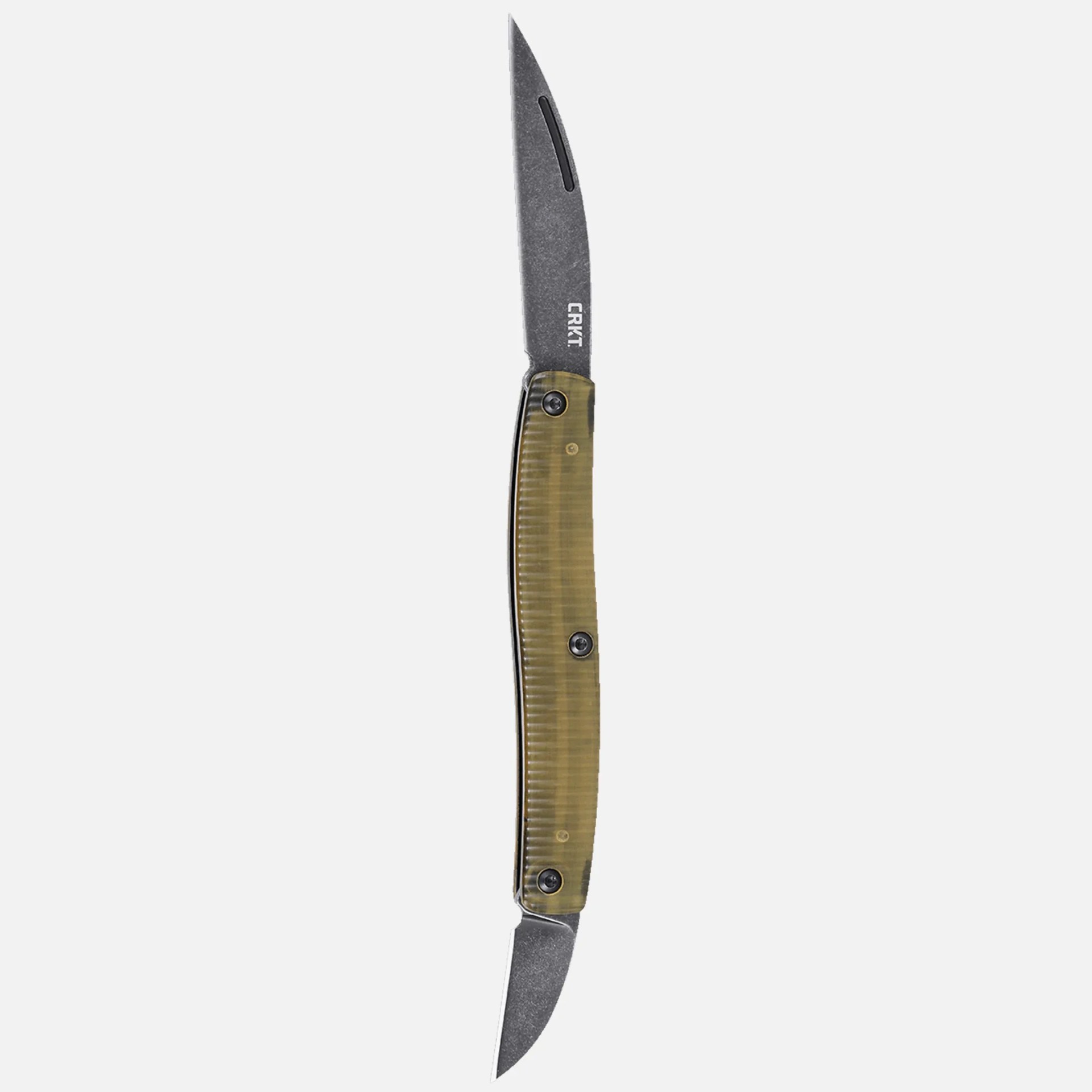 CRKT
CRKTCRKT Forebear Slip Joint
What makes the slip joint special?
A quietly brilliant mechanism, the slip joint blade is held in place by a sturdy “backspring” that seeks to maintain its current position, whether open or closed.
When you pull the blade out of the handle, you’ll feel resistance until it passes 90 degrees, at which point the force of the spring reverses and you’ll feel it push toward the open position. Closing it requires a bit of oomph until, again, the blade passes 90 degrees.
